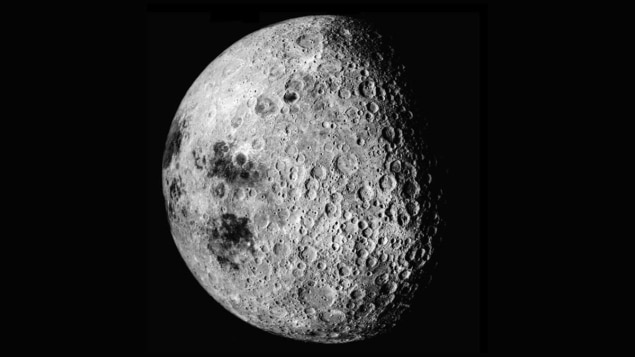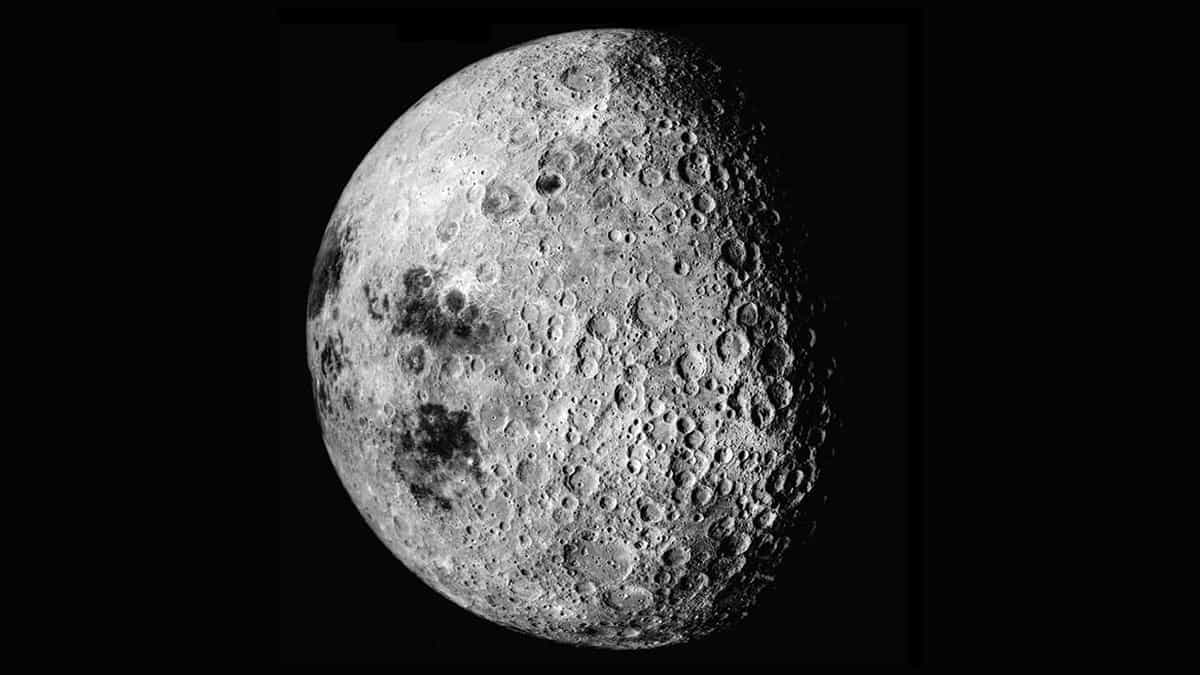
John Gribbin must like counting. Following on from his books Six Impossible Things (2019) and Seven Pillars of Science (2020), the veteran science writer’s latest offering is Eight Improbable Possibilities: the Mystery of the Moon and Other Implausible Scientific Truths. As the title promises, this is a whirlwind tour of the most fantastical discoveries science has revealed – the facts that are almost impossible to believe, but are true according to the best available evidence. With chapters on topics from gravitational waves to the butterfly effect, Gribbin not only presents facts, but also deftly joins the dots to reveal a bigger picture that is even more awe-inspiring than the sum of its parts.
In the eponymous chapter, for example, he relates that scientists believe the Moon was formed from a collision with another planet, and that plate tectonics are considered important for life, since they act as a temperature-buffering system against hostile extremes. I knew of both these theories already. What I did not know was that the collision that formed the Moon actually gave rise to plate tectonics, by flinging lighter material out into space to leave a crust that was thin enough to be moved slowly around by a dynamic mantle. Furthermore, the chapter explains, it is through the gravitational interplay between the Moon and the waves on Earth that the Moon is gaining energy, allowing it to drift slowly away from us. How poetic, then, that humans – and our ability to understand this phenomenon – should coincide with the transient time when the Moon appears the same size as the Sun, giving us solar eclipses.

Frames of reference in science and culture, and how they influence progress
Gribbin uses an analogy to explain why the more we know, the more we realize we don’t know. Taking a circle to represent our knowledge, as the circle grows, so too does its circumference – the boundary between our knowledge and ignorance. Perhaps another relevant analogy would be several separate circles representing seemingly unrelated scientific fields; as they grow, they eventually merge to reveal a bigger picture underlying all of them. While we’re far from a complete picture, I think it’s safe to say that science is at the stage where circles are merging. And that’s what reading this book admirably reminds us.
- 2021 Icon Books £10.99hb 160pp
